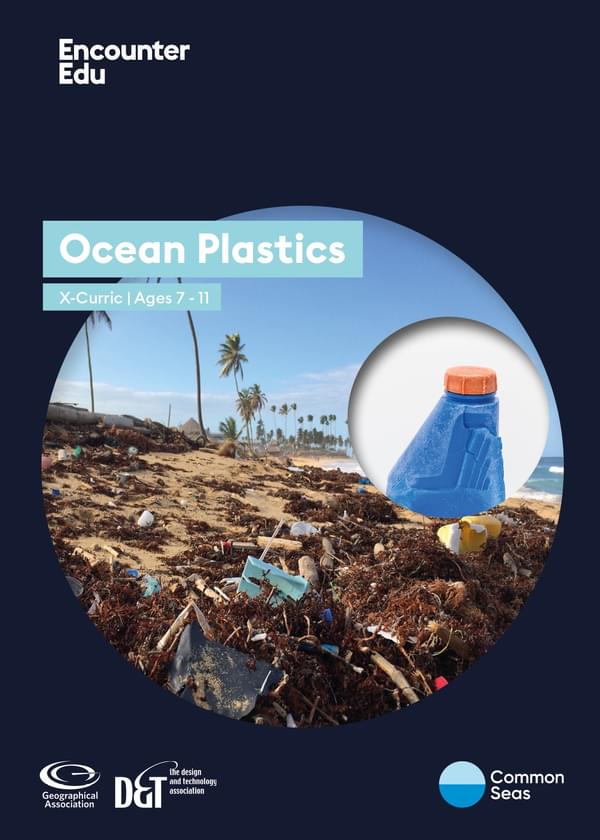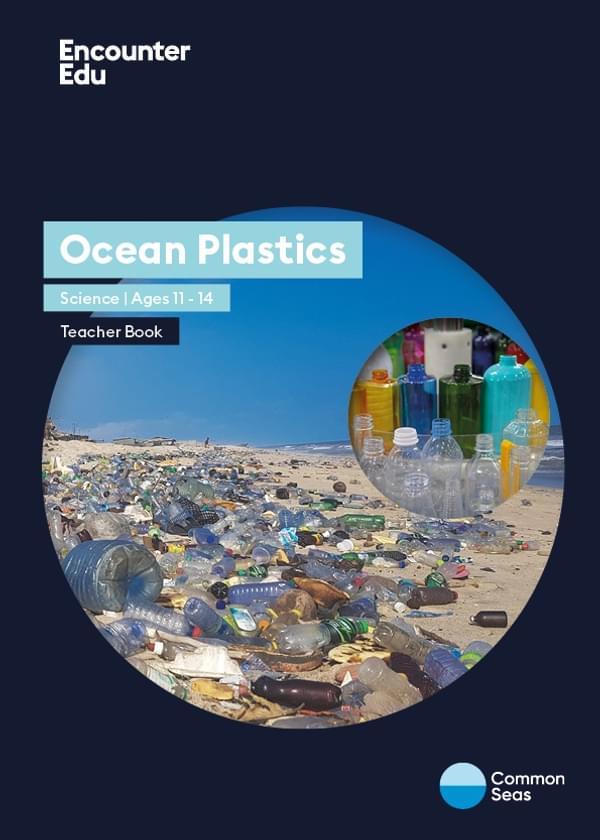Fantastic plastic

Plastic is everywhere. One of the reasons for this is its amazing properties that allow it to be used for many different purposes. But today, scientists estimate that every minute, one rubbish truck of plastic enters our ocean! The problem with plastic is not the material itself but how we use it and our throwaway culture. Learning about why we love using plastics so much is an important step towards finding solutions that will end plastic pollution
Ages 7+ (adult supervision)
20 minutes
Part of:
Common Seas Ocean Plastics AcademyMaterials have different properties that make them suitable for different uses. Plastic is very versatile, meaning that it can be used for lots of different things
One of the properties that can be important in choosing a material is strength.
In this activity, you are going to build a really strong bridge, one with plastic and one with paper. You will investigate, how strong each material is.
Activity steps
- You are going to make your bridge between the seats of two chairs, about 40 cm apart. The bridge must not be fixed to the chairs. The bridge should stand on its own.
- Collect some paper and some plastic, about the same weight of each. If you want to be precise you can use kitchen scales to weigh these out
- Think about the design of your bridge. Make one design for the bridge that can be made out of plastic or paper using sticky tape
- Build two bridges using the same design. This will mean using the same amount of sticky tape on each too. The bridges will need to be big enough to support weights that you are using.
- Test the strength of each bridge by adding weights one at a time until each bridge collapses. If you don’t have weights, use everyday objects that are roughly the same size and weight, e.g. coins, building blocks or even potatoes!
- Record the weight at which each bridge collapses.
- We’d love to see what kind of bridge you built. Can you send us a picture or share one on Instagram? Perhaps you could take a before and after shot of the collapse? Please tag @commonseas so we know where to look, and it’d be great if you could use the hashtag #SeaChampions. Thank you!
Reflection
- Which material do you think is better? Why?
- How many different uses for plastic can you see in the room you are in right now?
- Why do you think plastic was chosen for each of the items you can see at the moment?
Further ideas
You can develop the ideas in this activity further using some of the teacher resources. What are plastics? Part one is a science lesson on materials for ages 7-11, and for older students, try Why are plastics useful? a full science lesson for ages 11-14. In particular, have a look at Student Sheet 1a Materials card match to develop understanding about material properties.
Safety guidance
- Take care cutting any materials.
- Make sure you stand clear of the bridge, so you don’t get hurt if or when the weights fall.
- If you are posting work on social media, this should be done via a parent, guardian or school account for children under the age of 13. Children over the age of 13 should still be supervised by an adult. Check out the Thinkuknow website for more guidance on online safety.
Brought to you by


Cross-curricular | Ages 7-11
Ocean Plastics
Ocean Plastic ages 7-11 unit is a KS1 teacher resource that introduces students to the issue of plastic pollution. Students study materials, their properties and are inspired to enact change in their communities.

Science | Ages 11-14
Ocean Plastics
Ocean Plastics Science ages 11-14 unit is a KS3 teacher resource combining both biology and chemistry. Students discover the journey plastic takes from manufacture, use, and disposal into the ocean. Included are teacher resources that allow students to emulate real research conducted by The University of Plymouth.



